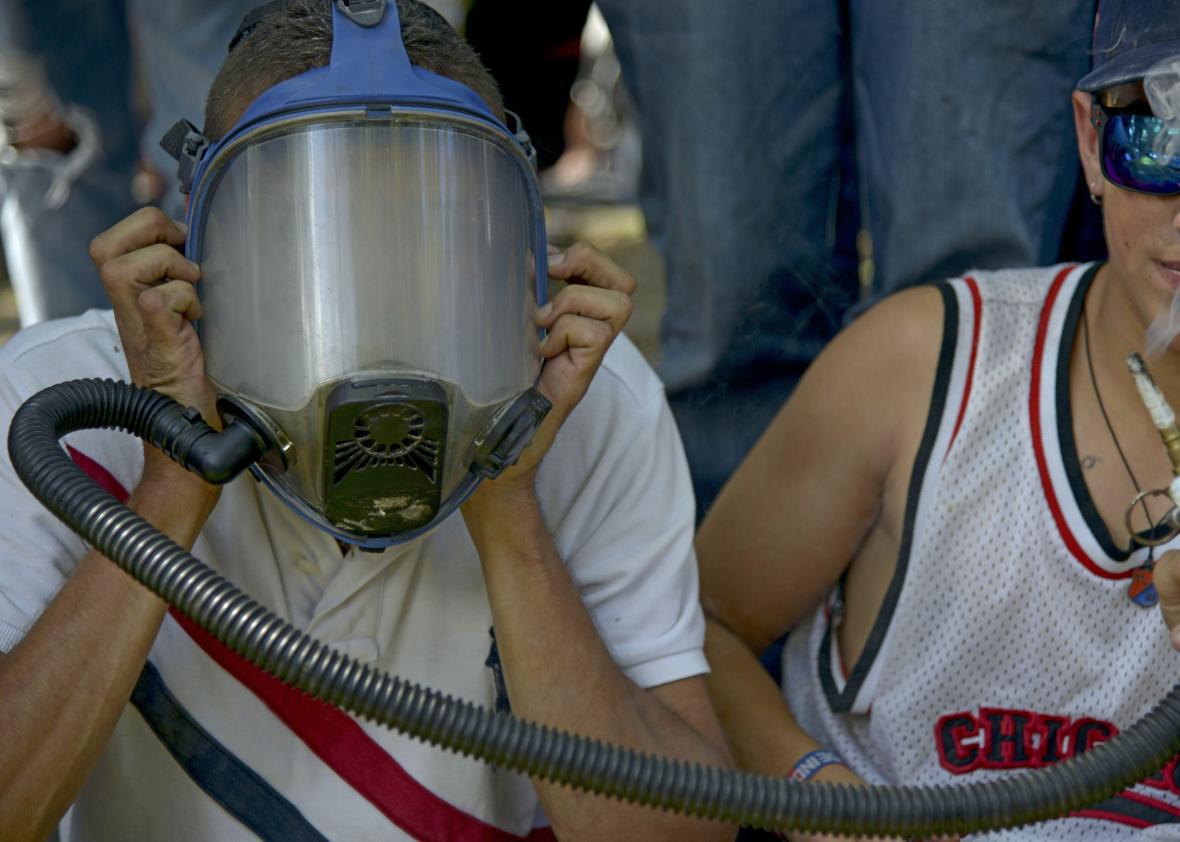America’s college students are leaving cigarettes behind in favor of marijuana as their preferred daily vice, according to the most recent update to an ongoing nationwide study by the University of Michigan. Pot’s dethroning of cigarettes, a reversal that researchers say is a first in the study’s 34-year history, is likely due to a drop in the number of people who perceive marijuana use as dangerous coupled with the effectiveness of public campaigns warning of the harms of tobacco.
Released Tuesday, the 2014 results for the university’s “Monitoring the Future” study show that 5.9 percent of college students surveyed said they’d used marijuana 20 or more days out of the last 30, compared to 3.5 percent who reported similar use in 2007. Cigarettes, on the other hand, continued to drop in popularity: Only five percent of students said they were regular cigarette smokers in 2014, a number that was nearly 20 percent as recently as 1999, the study’s authors noted.
While not as dramatic as the dropoff in cigarette smoking, the study showed that drinking has continued its downward trend among students. In the 2014 survey, 63 percent said they’d had alcohol at least once in the past month, a rate that ticked down slightly compared to results from 2000 and was nearly 20 percent lower than in 1981. There was also a 9 percent decrease in students who reported engaging in binge drinking, defined as consuming more than 10 alcoholic beverages on one occasion, over the past three decades.
The survey showed a slight increase in the use of cocaine among students but a drop among those indulging in several other non-marijuana drugs. Narcotic use was reported by fewer than one percent of surveyed students in 2014 compared to 7.4 percent just three years earlier, and the numbers suggested an increase in heroin in the overall population had not translated to college campuses. Use of substances like synthetic marijuana and “bath salts,” meanwhile, remains practically nil.
One of the study’s surprises came from a surge in the number of students using amphetamines without a prescription, which grew from 5.7 percent in 2007 to 10.1 percent in 2014. The study’s lead investigator, Lloyd Johnston, said that “it seems likely that this increase in amphetamine use on the college campus resulted from more students using these drugs to try to improve their studies and test performance.”
